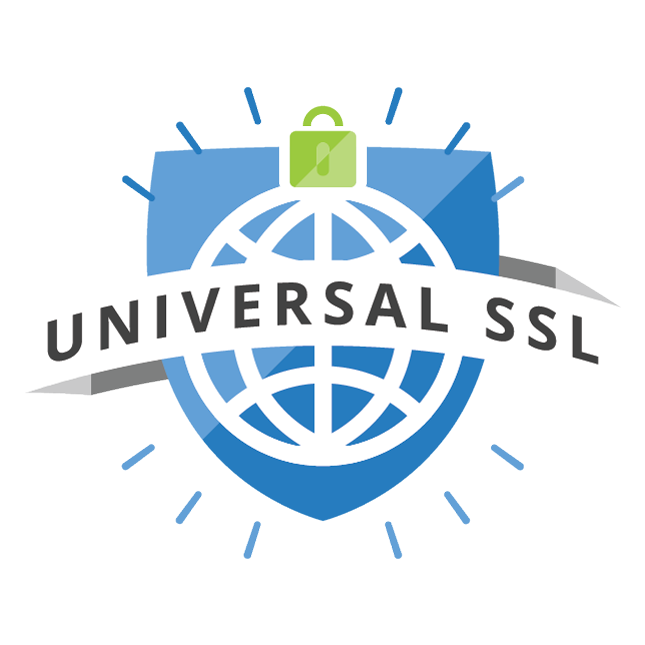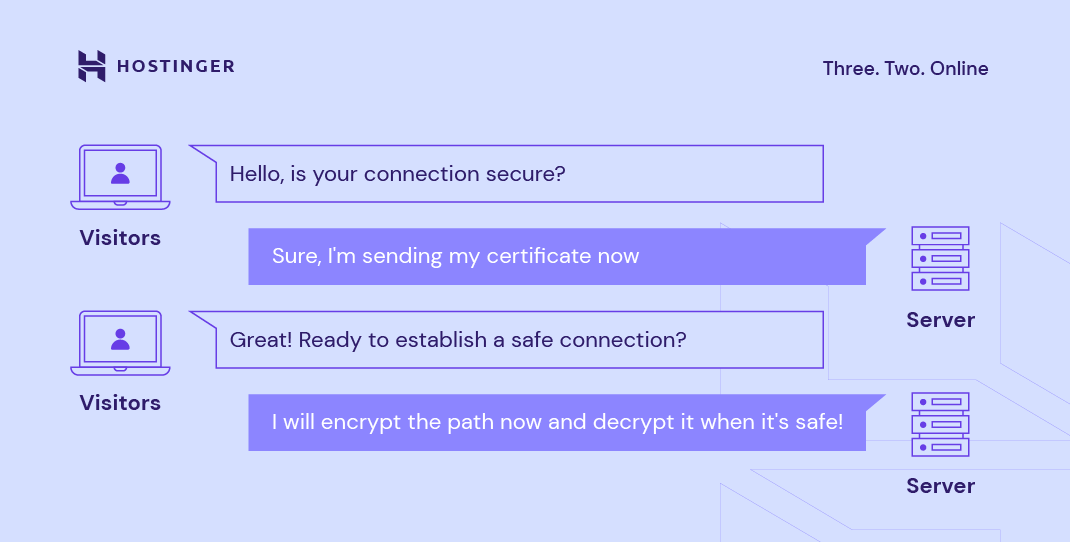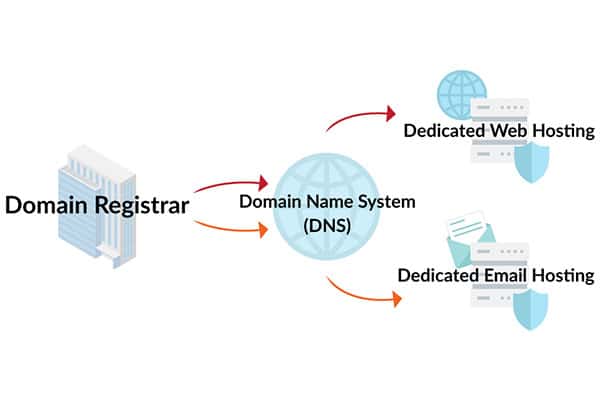
Apache is the most widely used server software available on the Internet. It's compatible with both Red Hat(r), CentOS and Red Hat(r). Red Hat users have many of the same benefits that CentOS users enjoy. It is easy to install and configure, and is a powerful web server. This article will show you how to configure SELinux and install PHP 5.4.
Configuring SELinux
Apache can be configured to use SELinux for security purposes. It is a great security measure because SELinux allows you to customize the level of security for your server. SELinux stops Apache from loading content located outside the default directories. This can be changed by creating a custom policy.
SELinux is a Linux security feature that prevents unauthorized access to files. It works by detecting and preventing misuse by applications and processes. It also offers two modes of operation, enforcing as well as permissive. The enforcing mode locks down programs, while the permissive mode allows any process to run.
Creating virtual hosts
Create a file to describe the configuration for your domain site before you can create virtual hosts. This file instructs Apache to respond to domain-specific requests. The virtual host must be placed under the sites-enabled/sites-available directory. Additionally, a symbolic linking must be made to it.

After you have created your virtual hosting account, you can upload web content. This is done by creating a directory named DocumentRoot in the Apache directory. This will be your website's Document Root within the virtual configuration. This directory is used to serve the content of the domain when a user navigates there.
Apache policy management
You can customize the security level of Apache processes using the SELinux security frame. This framework allows you both to set universal and directory-specific policies. Setting Apache policies on specific directories is a good idea as it allows you to have more control. Alternatively, you can set universal policies for the whole server, telling SELinux to treat all Apache processes the same way. This allows you to adjust the security level of your server but doesn't provide the same level.
Apache HTTP server, one of the most commonly used web servers, is widely used. It is free, open-source and cross-platform. It supports a variety of configurations and modules. Apache is included in the default CentOS repositories, making installation and configuration quick and easy. The FirewallD firewall solution is the default on CentOS 8. Apache webserver creates firewalld server files and predefined guidelines for HTTP (80), HTTPS (443) ports.
Installing PHP 5.4
PHP 5.4 extends the popular open source programming language. This server-side scripting language is compatible to the Apache web server. The PHP installation process can be complicated due to the latest Apache version. These problems can be fixed with several steps. These are just a few of many steps you can take.
First, ensure you have the right PHP version installed. PHP 5.4 is the default version in most cases. However, if you'd like to install a different version, you can install it through the yum package yum-utils. Alternativly you can enable Remi and install the PHP version required.

Get your server’s IP adress
Once Apache is installed on CentOS, the ip addresses command can be used to check your IP. This command will output the IP address information for your server. You can verify that your website works properly by using this IP address. After you verify that your IP is correct, you may try to view your website in any browser you use in any country by entering the URL.
The default web page for Apache indicates that the server is up and running. To view more information, scroll down to the bottom of the page to see information about the Apache files and directories on the server. This information is vital as it allows you to perform DNS changes and networking.
FAQ
How to design a website?
The first step is to understand what you want your site to do for your customers. What do they look for on your site?
What other problems could they face if they can't find the information they need on your website?
After you have this information, you need to find out how to solve the problem. Also, you need to ensure that your website looks professional. It should be easy to navigate.
Your site should be very well-designed. Make sure that it doesn't take too long to load. If it does take too long, people won't stay as long as they would like to. They'll leave and go elsewhere.
If you want to create an eCommerce site, think about where all of your products are located. Are they all in the same place? Are they all in one place?
It is important to decide whether you will sell only one product or multiple products at once. Are you looking for a single product to sell or multiple products?
After you've answered these questions, it is possible to start building your website.
Now, it's time to take care of the technical aspects. How will your website work? Will it be fast enough? Are people able to get it done quickly from their computers?
Can people buy things without having to pay more? Do they need to register in order to buy anything?
These are crucial questions you should be asking yourself. These are the questions that you need to answer in order to be able move forward.
How much do web developers make?
Working on a website yourself will likely earn you between $60 and $80 an hour. If you are looking to make more money, it is worth considering becoming an independent contractor. It is possible to charge between $150-200 an hour.
Is web design difficult?
Web Development can be challenging, but there are many resources online to help you learn.
It is as easy as finding the right tools for you and following them step by step.
YouTube and other platforms have many tutorials. You can also access free online software like Sublime Text, Notepad++, and others.
You can also find many books in libraries and bookstores. The most widely-read books include:
"Head First HTML & CSS" by O'Reilly Media
O'Reilly Media's "Head First PHP/Mysql 5th Edition"
Packt Publishing, "PHP Programming For Absolute Beginners",
I hope you find this article helpful!
Does A Good Portfolio Make Me More Likely To Be Hired As A Web Developer?
Yes. You must have a portfolio to be considered for a job in web development or design. Portfolios should showcase examples of your skillsets and experience.
A portfolio usually consists of samples of your past projects. These examples can showcase your abilities. You should have everything in your portfolio, including mockups.
Statistics
- Is your web design optimized for mobile? Over 50% of internet users browse websites using a mobile device. (wix.com)
- It's estimated that chatbots could reduce this by 30%. Gone are the days when chatbots were mere gimmicks – now, they're becoming ever more essential to customer-facing services. (websitebuilderexpert.com)
- At this point, it's important to note that just because a web trend is current, it doesn't mean it's necessarily right for you.48% of people cite design as the most important factor of a website, (websitebuilderexpert.com)
- It enables you to sell your music directly on your website and keep 100% of the profits. (wix.com)
- It's estimated that in 2022, over 2.14 billion people will purchase goods and services online. (wix.com)
External Links
How To
How can I get started as a UI designer?
There are two ways to become a UI designer:
-
You can get a degree from school in UI Design.
-
It is possible to start a freelance career.
You will need to complete four years of college or university study if you plan to continue your education. This includes business, psychology and computer science.
You can also take classes at community colleges or state universities. Some schools offer no tuition, while some charge tuition.
You will need to find work after graduation. If you decide to work for yourself, it is important that you build your client base. It is essential to establish a professional network so other professionals know you exist.
You can also look for opportunities to intern at companies that specialize in developing web applications. Many companies hire interns in order to gain valuable experience before they hire full-time employees.
A portfolio will help you get more work once you have established it. Your work samples, as well details of the projects, should all be part of your portfolio.
It's a good idea to send your portfolio to potential employers via email.
As a freelancer, you will need to market yourself. You can also advertise your services via job boards like Guru, Indeed, Guru, Upwork, and Freelance.
Freelancers frequently receive assignments from recruiters who post jobs online. These recruiters look for qualified candidates to fill specific positions.
These recruiters typically provide the candidate with a project brief outlining the position's requirements.
A freelancer is not required to sign a long-term contract. If you are looking to make a move, however, it is advisable to negotiate an upfront payment.
Many designers prefer to work directly with clients rather than through agencies. This may sound ideal but many people lack the skills.
Agency workers typically have extensive knowledge of the industry they're working in. They have access to resources and training that enable them to produce high quality work.
Agency workers often receive higher hourly rates in addition to these benefits.
Working with an agency has the downside of not being able to contact your employer directly.
You must be creative, self-motivated and flexible to succeed as a UI Designer.
Also, you must have excellent communication skills both verbally and in writing.
UI designers are responsible to design websites using user interfaces (UI) as well as visual elements.
They are also responsible to ensure the site meets user needs.
This includes understanding the information that visitors require and how the site should function.
Wireframes can be created by UI designers with a variety tools. They use wireframing to help them visualize the layout of a webpage before they start designing.
Wireframe templates are available online, making it easy for anyone to create their own wireframes.
Some designers are solely focused on UI design while others blend UI design and graphic design.
Graphic designers use software such as Photoshop to edit images.
Adobe InDesign is then used to layout pages and layouts.
Photographers capture images using digital cameras or DSLRs.
They then upload the pictures to a photo editing program where they add text captions, filters, and other effects.
After the shoot, the photographer saves and archives the image in a format compatible with website.
It is important that you consider all aspects of web design when creating a website.
This includes research as well planning, wireframing. prototyping. testing. coding. content creation. and publishing.
Research - It's essential to conduct thorough research before starting a new project.
Planning – Once you've done your research, you will want to start developing a plan.
Wireframing - A wireframe is a preliminary sketch of a web page or application.
Prototyping-Prototypes ensure that the final product matches your initial vision.
Testing – The prototype should go through multiple rounds to be tested in order for it to work properly.
Coding - Coding is the act of writing computer code.
Content Creation – Content creation includes everything, from the writing of copy to managing social networks accounts.
Publishing involves uploading files on a server to ensure that the site is accessible.
You will need to have a broad knowledge of different projects in order as a freelance UX/UI developer.
Some companies may only need wire frames while others require complete prototypes.
You may be required to perform specific tasks depending on the project you accept.
One example is that if you are hired as a wireframe designer, you might be required to create many wireframes.
If you're asked to develop a site prototype, it may be necessary to make it fully functional.
It doesn't matter what kind of project it is, strong interpersonal skills are essential.
Since most clients hire freelancers based on referrals, you must build solid relationships with potential employers.
You must also be able communicate clearly both verbally as well as in writing.
Portfolios are an essential part of any freelancer’s toolbox.
It showcases the quality of your work as well as your ability and willingness to provide high-quality results.
This can be done online by creating a portfolio.
The best way to get started is to find websites similar to yours.
These sites can be searched to determine which services they offer.
Once you've identified the best practices, it is time to start implementing them.
It's also beneficial to include links within your resume to your portfolio.